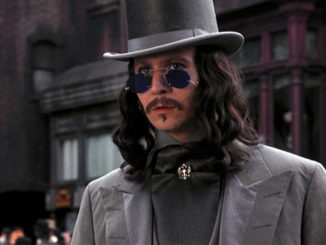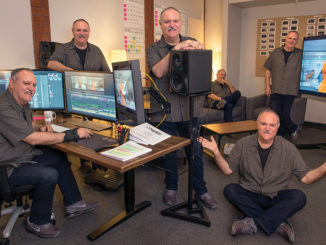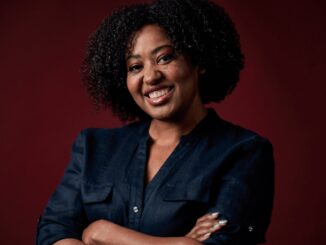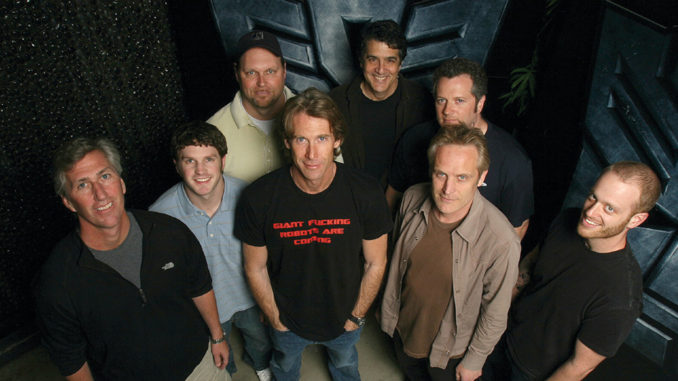
by Robin Rowe
Transformers, director Michael Bay’s new film about alien invaders—the rock ’em sock ‘em robots of the 21st century—explodes onto screens this Fourth of July. The story of robots that can metamorphose from ordinary-looking machines into intelligent, mechanical, biped creatures has gone through many transformations itself. Originally a line of toys from Hasbro, Transformers was next a popular television cartoon series running 1984-87. Then came the animated feature Transformers: The Movie in 1986, followed by some two-dozen international TV shows and video games up through June 2007.
But now, thanks to Paramount Pictures, DreamWorks and executive producer Steven Spielberg, Bay’s Transformers is the ultimate take on this “toy story” and positioned as a tent-pole summer movie and (hopefully for all concerned) a franchise. In the film, a mix of live action and CGI animation, the good robots are cars led by Optimus Prime, while the bad robots are mostly planes led by Megatron. The stakes are no less than the survival of Earth, and a young couple—played by Shia LaBeouf (Disturbia) and Megan Fox (Hope & Faith)—lead the fight.
The movie was shot anamorphically on film in 83 days of principal photography ending in October 2006. Some plate shots used 8-perf VistaVision. Editorial began in May of last year. The scale of the Transformers editing process was enormous, with three title editors (Paul Rubell, ACE, Glen Scantlebury, Tom Muldoon) three additional editors (Ken Blackwell, Todd Miller, John Murray), three assistant editors (Calvin Wimmer, Adam Kimmerlin, Jim Schulte) and a post-production assistant (Kevin Stermer) involved.
Editing with Michael Bay
“The massive scale of Transformers demanded editors with the experience and skills necessary to weave intense action, complex visual effects and well-timed humor into a compelling story,” says DreamWorks production head Adam Goodman. Rubell notes that Transformers is true to Bay’s style: “Lots of action, lots of characters, lots of improvised humor, lots of visual effects—and lots of running time in the first cut.” “It takes a lot of hammers to beat Michael’s images into submission,” Scantlebury adds.
“None of the editors are fan-boys. We were able to bring a more mainstream perspective to the story.”– Paul Rubell, ACE
Bay is a very hands-on director, with a shared project with an “Experimental Cuts” bin open on a community Avid for him to use. “I don’t know how to push buttons to make my own edit,” confesses Bay. “I’ll never learn to make my own edits because I don’t want to go there.”
Scantlebury describes the editors’ relationship with the director: “Michael is in there every day pulling his selects by himself on his Avid, and slugging it out with us.”
Scantlebury will have worked over 10 months editing by the time the film finishes. “Alternative edits?” he asks. “What else would we be doing for 10 months?” Rubell adds, “Sometimes it seems we do nothing but prepare alternate edits.” For his part, Bay says he likes to see editors “do their own thing” first, adding, “The editor prepares his own cut. Then we’ll work on it for an hour or two. I don’t like to see the assembly; I just want to see scenes. My action takes a lot of cutting.” He claims he does 60 to 70 set-ups in a day. “Everything is very much in my head,” he says.
“There’s an intense need for pre-visualization in the mind’s eye of the editor,” notes Rubell. “Cutting scenes in which actors are interacting with characters who aren’t there is a challenge. There are action scenes with things being blown up by characters who aren’t there.”
Multiple Editors
Six editors overall—not counting assistants—might sound like too many fingers in the pie, but there’s a method to the madness. All of the editors had worked with Bay in the past and have extensive visual effects experience. “There’s 1.2 million feet of film,” notes Bay. “Speed-wise, it’s important to have an editing team to bounce around ideas. A lot of times, we look at it together. With an effects film, we have to do turnovers [provided to Industrial Light and Magic (ILM) by first assistant Wimmer] that cost $100,000 per shot. We have to cull through footage fast, and the only way to do that is with multiple editors.”
“Michael Bay is in there every day pulling his selects by himself on his Avid, and slugging it out with us.” – Glen Scantlebury
There has been a trend of assigning one editor to handle the visual effects side—and another to do everything else—when editing big effects films, but Transformers breaks new ground. “At any given time, there have been two editors on Transformers,” notes Rubell. “But five of us have worked on the film.” Scantlebury says, “Michael often picked which editor he wanted to start a scene, but by the end, Paul, Tom and I had contributed to almost every scene.”
To get a flavor of the subject matter, Rubell watched the first episode of the 1984 TV series. “I didn’t want to be influenced beyond that,” he explains. “None of the editors are fan-boys, so we were often taken to the Bay woodshed for cutting out some important reference to the original series. But we were able to bring a more mainstream perspective to the story.” Muldoon adds, “The movie is so big that nothing from the TV show applies; this movie is huge.”
Rubell says his biggest inspiration for editing Transformers is…Citizen Kane. “The point is that good editing is good editing regardless of genre,” he says. “Is the rhythm organic? Do the characters live? Are the story points being made? Is there subtext—and if not, can we create it? There’s no such thing as a best take. There’s a best speech, or a best line, or a best word, or look or turn. It would be nice if an actor’s performance could always be the sole criterion. But what’s the other actor doing? What’s the camera doing? What’s the focus-puller doing?
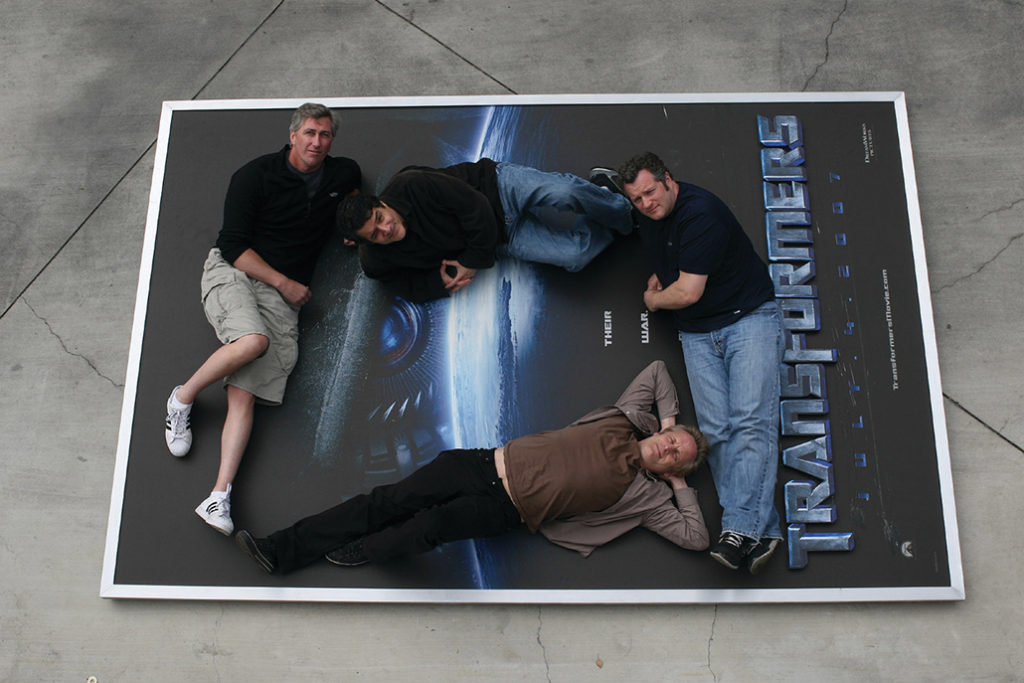
What’s the weather doing?” Scantlebury adds, “I select the edit based on best performances always—if it’s in focus and you can cram a robot in there somewhere.”
Muldoon started by assembling a full-length guide cut using animatics. In the early stages of picture editing, the animatics were incorporated into the sequences with temp dialogue, music and sound effects. As plates were shot, the animatics were gradually replaced. At first, with no other guide and no time for feedback from the director, the editors stuck as closely as possible to the storyboards. Later on, any idea was fair game. What was shot on set did not necessarily conform to what was pre-visualized; what was a 30-second animatic may become a two-minute scene.
“Armageddon had a lot of visual effects as well,” says Muldoon. “But I don’t think I’ve done a movie with as many effects as this one.” According to Scantlebury, “The challenge with Transformers was trying to pick plate shots and imagine 3-D robots rummaging around. The robots have their own comic timing to go with the actors’ comic timing; it’s an evolving interaction through animation stages down to the last ADR session.”
Blackwell, according to Scantlebury, is a “Zen master on After Effects.” “I have an After Effects station, which was used to create hundreds of temp comps for screenings and editing,” says Blackwell. “We export tiff sequence files of any elements we need from the Avid Nitris [in high definition and kept up to date by assistant Kimmerlin] and import them into After Effects. This is an inexpensive way to get immediate results for ideas that come up in the editing room; you can show the director immediate results of an idea.”
Challenges in 5.1 Music Editing
QuickTime files for the sound and music department were output via a Firewire connection from a DV-CAM deck into Final Cut Pro. “At a certain point, we were called upon to screen the movie repeatedly and without notice, with a 5.1 soundtrack,” says Rubell. “We had a 5.1 temp but were making complicated picture changes around the clock. There was no time to get back to the stage to update the tracks. So I conceived of a way to make changes and screen 5.1 out of the Avid. We mixed down the 24-track stems into their respective left, center, right, surround and low-frequency families.

“We then group-clipped the individual stems with their mix-downs,” he continues. “We edited with the mixdowns, and when it came time to screen, we expanded back to 5.1 by switching the grouped mixdowns back to their component stems.” The editorial team then mixed the stems down into a 5.1 configuration and exported that to the Nitris. “It worked flawlessly—except that after a few weeks of endless group-clip switching, my crew threatened to kill me,” Rubell jokes. “I was forced to shelve the system until Avid comes up with a way to globally switch—from mark-in to mark-out—the clips on a given audio track.”
The Visual Effects
There are about 630 visual effects shots in the film, most of them executed at ILM. Technical advancements were made in environments, lighting and simulation of physical effects and integration of CG characters in a real environment. “ILM did the bulk of the 3-D robots,” notes Scantlebury. “It was incredible work, given the pressure of turning in shots up to the last minute.”
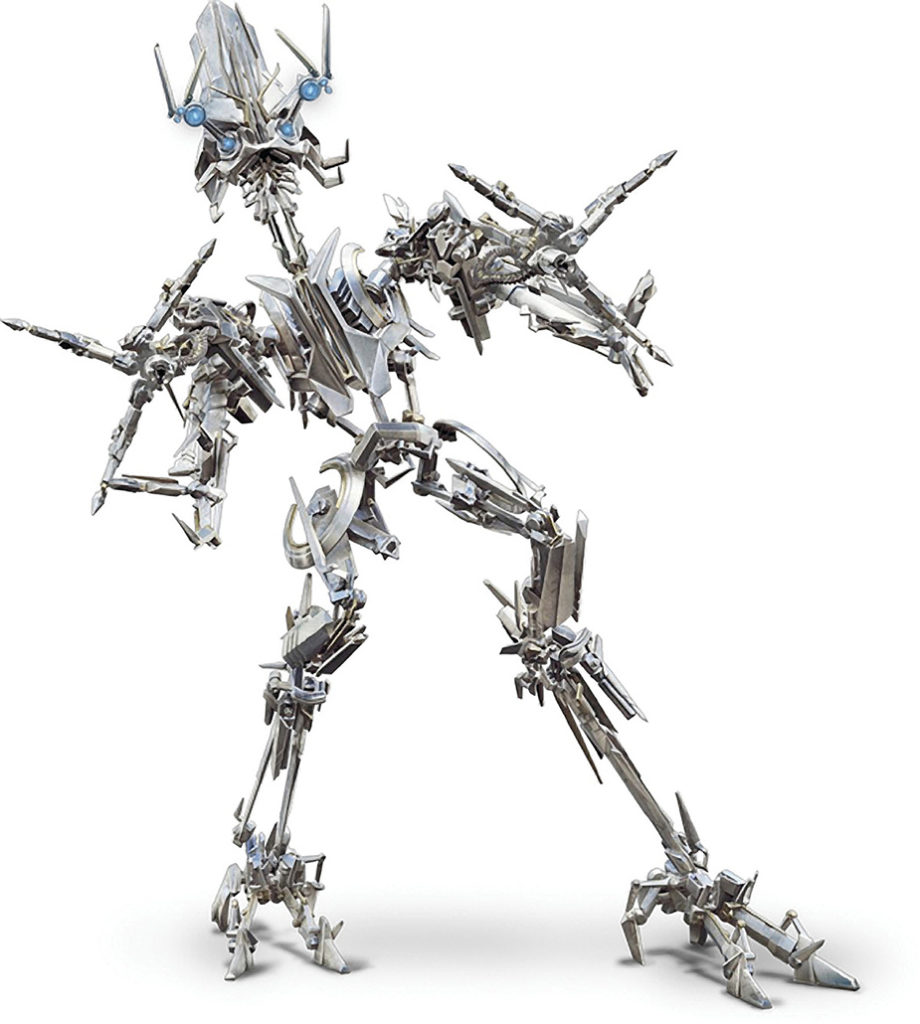
“Overall, the most challenging shot was a 360-degree descending camera move on Optimus that rotates around to reveal all four autobots transforming in an alley,” says ILM visual effects supervisor Scott Farrar. “The shot was filmed in two separate camera moves from two separate rigs: a Russian Arm mounted to a camera car and a 50-foot Technocrane. The plates were combined and blended.
The 768-frame-long shot moves from an overhead medium close-up on Optimus finishing his transformation into an extreme close-up of all the moving parts, and then widens out to reveal our hero talent. Shia and Megan watch all four robots individually transform with their own unique style.”
Transformers used six Meridian Avids on Unity with about two terabytes of storage. A Nitris was used for all screenings, including the preview. There were three main edit rooms and a fourth system in a closet. The assistants had two systems and the director had one. There was also a Media Net hook-up used for daily transmissions between ILM and Bay.
“For 3-D modeling, ILM used mostly Maya, Autodesk 3ds Max, Zeno and zBrush,” says Farrar. “For lighting and rendering,
we use Zeno with RenderMan and Mental Ray. For compositing it was all Shake, along with our Sabre systems.”

Conclusion
“There was no one better fit for the task than Rubell, Scantlebury and Muldoon,” says DreamWorks’ Goodman. “There’s no one editor who’s good at cutting everything,” adds Bay. “Paul is the über story editor, Glen cuts the best action and Tom is the best at getting the humor timing.”
Earth may be transformed on Independence Day, when aliens make the planet their final battleground in Transformers. Asked if there’s anything about the movie that could forever change how future films are made, Scantlebury thinks for a moment, and then says, “If an Avid machine transforms into a robot editor, we’re all in trouble!”


